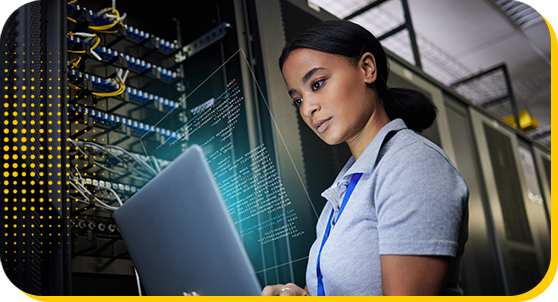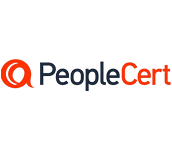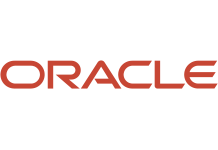- 087 941 5764
- impactful@lrmg.co.za


CompTIA A+ certified professionals are proven problem solvers. They support today’s core technologies from security to cloud to data management and more. CompTIA A+ is the industry standard for launching IT careers into today’s digital world.
It is the only industry recognized credential with performance-based items to prove pros can think on their feet to perform critical IT support tasks in the moment. It is trusted by employers around the world to identify the go-to person in end point management and technical support roles.
CompTIA A+ is regularly re-invented by IT experts to ensure that it validates core skills and abilities demanded in the workplace. The Official CompTIA® A+® Core 1 and Core 2 (Exams 220-1001 and 220-1002) course provides the background knowledge and skills you will require to be a successful A+ technician.
It will help you prepare to take the CompTIA A+ Core Series certification examinations (exam numbers 220-1001 and 220-1002), in order to become a CompTIA A+ Certified Professional.
Our courses have flexible delivery options:
This course is intended for:
This course is designed for individuals who have basic computer user skills and who are interested in obtaining a job as an entry-level IT technician. This course is also designed for students who are seeking the CompTIA A+ certification and who want to prepare for the CompTIA A+ Core 1 220-1101 Certification Exam and the CompTIA A+ Core 2 220-1102 Certification Exam
In this course, you will install, configure, optimize, troubleshoot, repair, upgrade, and perform preventive maintenance on personal computers, digital devices, and operating systems.
You will:
This course will prepare delegates to write the CompTIA Exams (220-1101and 220-1102)
Need additional information?
We are here to support your growth every step of the way
Get in touch
CompTIA A+ certified professionals are proven problem solvers. They support today’s core technologies from security to cloud to data management and more. CompTIA A+ is the industry standard for launching IT careers into today’s digital world.
It is the only industry recognized credential with performance-based items to prove pros can think on their feet to perform critical IT support tasks in the moment. It is trusted by employers around the world to identify the go-to person in end point management and technical support roles.
CompTIA A+ is regularly re-invented by IT experts to ensure that it validates core skills and abilities demanded in the workplace. The Official CompTIA® A+® Core 1 and Core 2 (Exams 220-1001 and 220-1002) course provides the background knowledge and skills you will require to be a successful A+ technician.
It will help you prepare to take the CompTIA A+ Core Series certification examinations (exam numbers 220-1001 and 220-1002), in order to become a CompTIA A+ Certified Professional.
Our courses have flexible delivery options:
This course is intended for:
This course is designed for individuals who have basic computer user skills and who are interested in obtaining a job as an entry-level IT technician. This course is also designed for students who are seeking the CompTIA A+ certification and who want to prepare for the CompTIA A+ Core 1 220-1101 Certification Exam and the CompTIA A+ Core 2 220-1102 Certification Exam
In this course, you will install, configure, optimize, troubleshoot, repair, upgrade, and perform preventive maintenance on personal computers, digital devices, and operating systems.
You will:
This course will prepare delegates to write the CompTIA Exams (220-1101and 220-1102)
Certified global best practices in the new technologies…




Please complete the form with your information and one of our experts will get back to you soon.

Get in touch
Email: impactful@lrmg.co.za
Tel: +27 87 941 5764